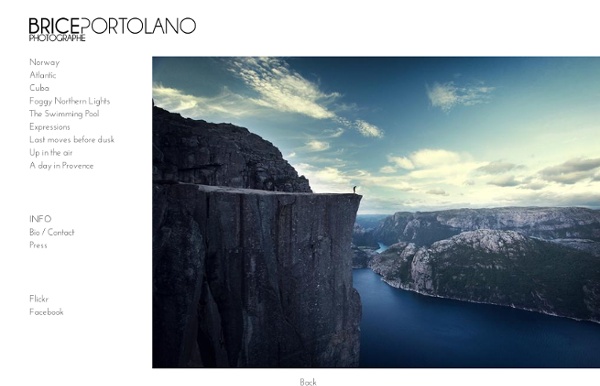



Ron Haviv Ron Haviv is an award-winning photojournalist and conflict photographer who as documented international and civilian conflicts around the world since the Cold War. His work on Latin America, Africa, the Middle East, Russia and the Balkan concentrates not only on the direct effects of conflict but also upon the humanitarian consequences which are longer term and continue long after the gunfire has ceased. His books Blood and Honey: A Balkan War Journal, and Afghanistan: On the Road to Kabul and the magazines he has published in including Fortune, The New York Times Magazine, TIME, Vanity Fair Paris, Match and Stern attest to the quality of his work in complex and fast-changing situations where intuition and self-preservation are as important as camera skills. His book Haiti: January 12, 2010 addresses the effects of the earthquake upon society. His awards include World Press Photo, Picture of the Year, Overseas Press Club and the Leica Medal of Excellence.
« Un sourire, svp » : une exposition signée Luigi Li et Little Shao La Fondation Abbé Pierre organise une exposition de photographies, « Un sourire, svp », en collaboration avec les artistes Luigi Li et Little Shao. Cette manifestation se tiendra du 29 octobre au 17 novembre 2013, au Point Éphémère (200 quai de Valmy, Paris 10e ). Cette exposition, qui rassemble une quinzaine de clichés sur le thème de la mendicité, met les pancartes de cartons des sans-abri à l’honneur, sur un ton décalé et plein d’humour. Elle est le fruit de la collaboration entre deux artistes, Luigi Li et Little Shao.
LA RUE OU RIEN (Source : twitter.com) (Source : attaque.noblogs.org) carnovsky RGB Color est e pluribus unus RGB is a work about the exploration of the “surface’s deepness”. RGB designs create surfaces that mutate and interact with different chromatic stimulus. Carnovsky's RGB is an ongoing project that experiments with the interaction between printed and light colours. The resulting images are unexpected and disorienting. The colors mix up, the lines and shapes entwine becoming oneiric and not completely clear.
Children of War Children of War When I first entered the Iraqi Safe House for Creativity, an orphanage that shelters 33 orphans and displaced youth, I was compelled to document the stories of those taking refuge there. Two days later, I left with 33 stories that demonstrate the gravity of the situation in Iraq and its direct and indirect impact on thousands of children. I bore witness to their lives and the listened to the stories of the many crises they have been through. Iraq has been in varying states of chaos for the past two decades.
Une mère prend des photographies magiques de ses deux enfants dans leur ferme Ces merveilleuses photographies de la Russe Elena Shumilova nous plongent dans un beau monde qui tourne autour de deux garçons et quelques uns de leurs animaux. Le rendu est magnifique les couleurs, l'émotion, les paysages laissent sans voix. Nous vous suggérons de vous détendre, vous installer confortablement avec une tasse de thé pour parcourir cette belle collection de photographies ! Paul Butler - The Deep Well of Want - Ritual The Deep Well of Want - Ritual Project info This is part of an ongoing research project looking at the role of people,place,ritual & religion through the writing of John McGahern. _DSC7818.jpg The Marian Year - Sliabh Bawn, Co Roscommon 357 © Paul Butler 27 Get your FREE guide How to Get the Most Out of Photography Competitions full of valuable tips and advice from photo industry professionals
Le graphisme selon Alex Solis / Part.2 ! Coup de projecteur sur l’artiste américain Alex Solis ! Il est des graphistes préférés sur le site de t-shirt : Threadless et on comprend vite pourquoi quand on découvre ses créations aux références geek et amusantes !
Mission Sentinelle - Martin Colombet - Photographer Les Sentinelles de Paris Après les attentats du 11 Janvier contre CharlieHebdo, François Hollande décrète le déploiement de 10 000 hommes sur l’ensemble du territoire National, dont 6500 en Ile-de-France. C’est la mission Sentinelle. Ce reportage (réalisé en mars 2015 pour Libération et après les attentas des terrasses et du Bataclan en Janvier 2016) montre le quotidien des soldats chargés de rassurer et protéger les Français. Thème : L’Empreinte Corporelle Empreintes en tout genre Verr-tige Partenariats Informations générales Copyright © 2014 Crocom Design